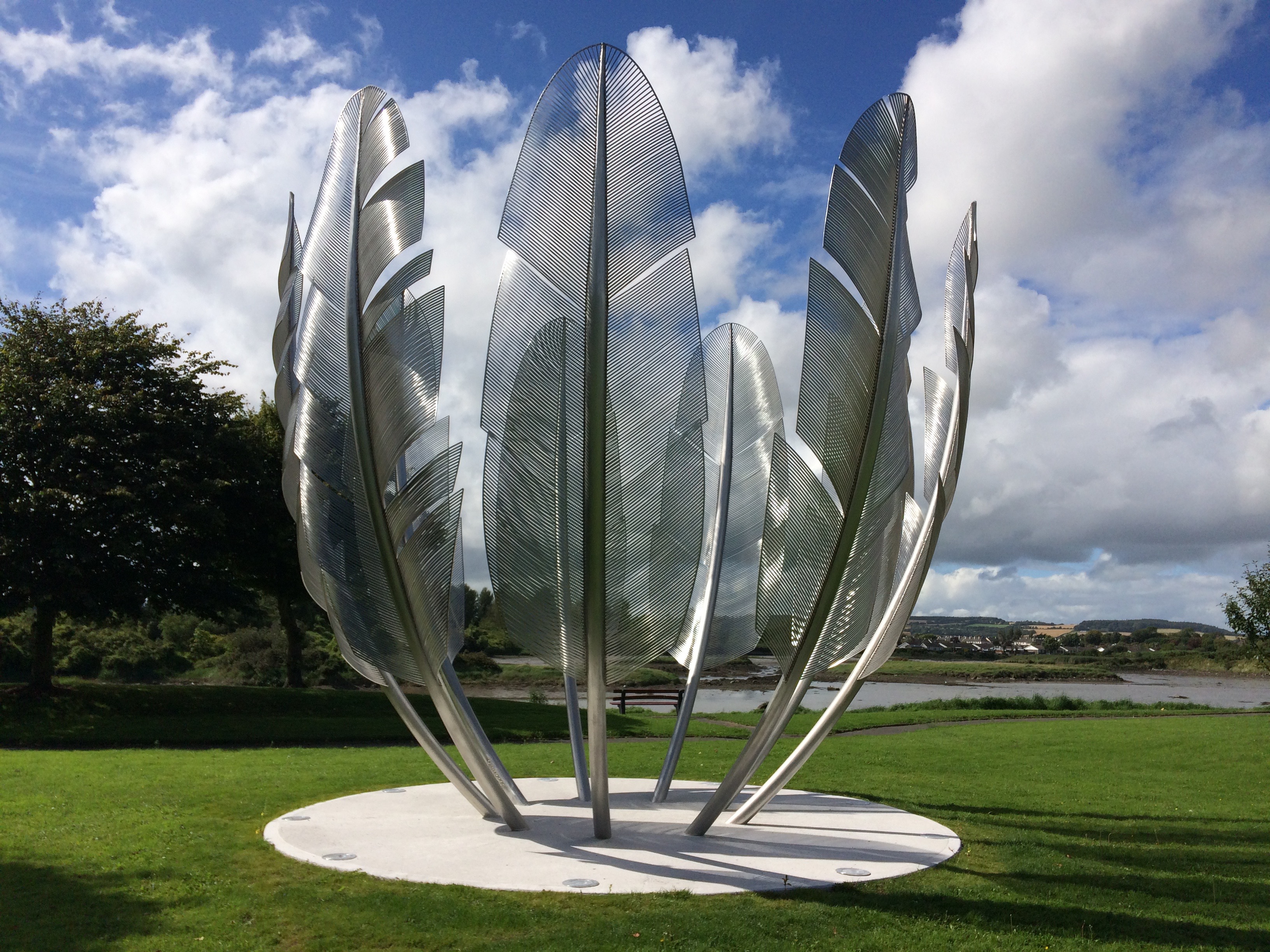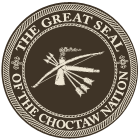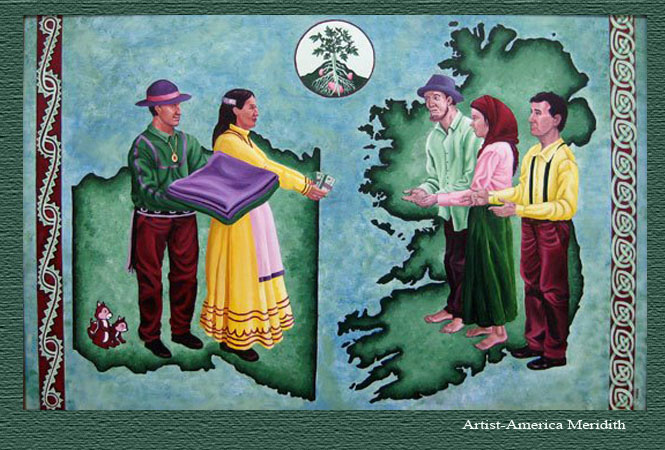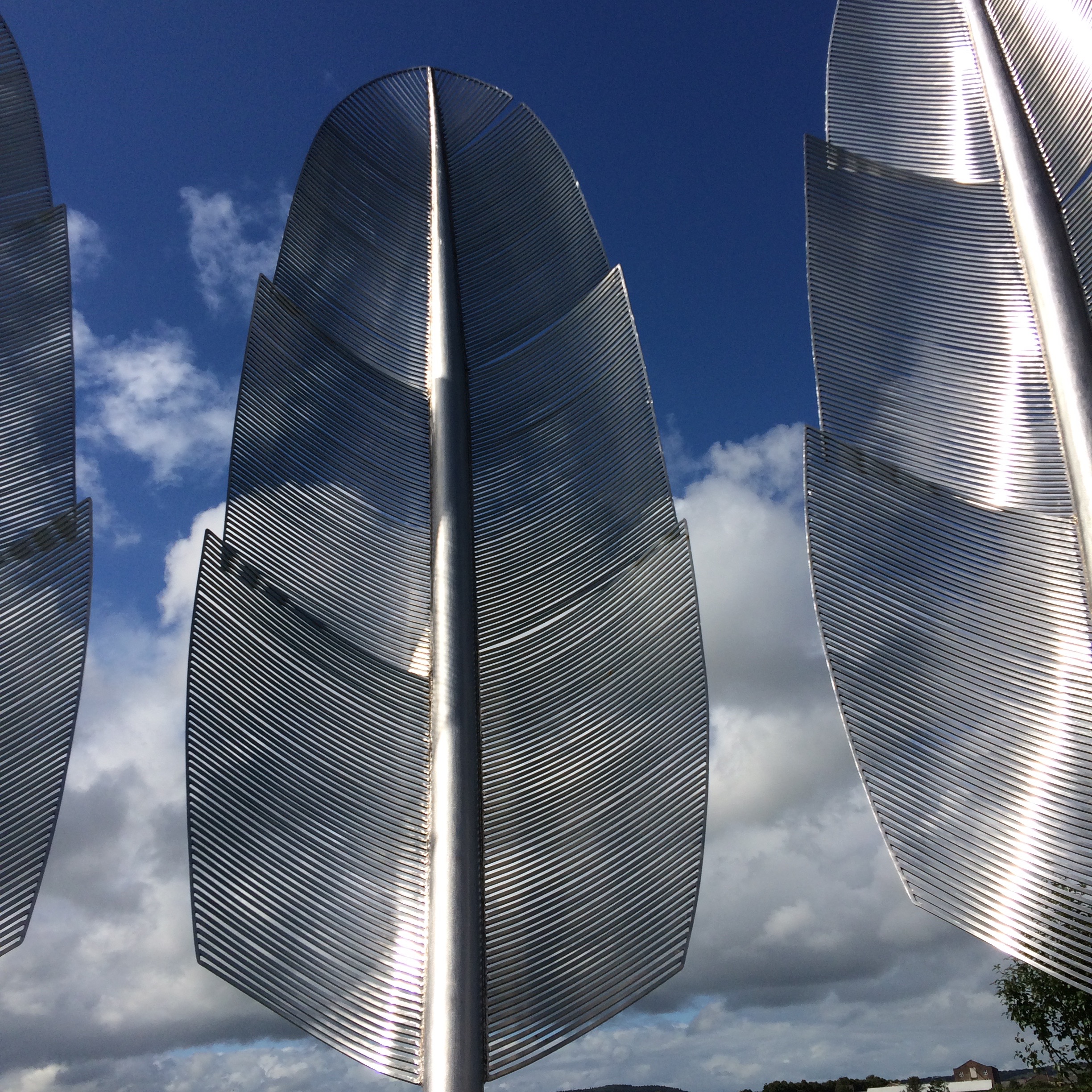
A memorial recently erected in Midleton, Co. Cork commemorates the Choctaw support for Irish famine victims; one of humanities great acts of generosity.
In the 1840’s word reached the Choctaw Indians in America of famine ravaging the Irish countryside. Despite their own horrendous suffering just 16 years earlier this Nation showed tremendous generosity as they sought to relieve the suffering of others.
The Choctaw Trail Of Tears
The Choctaw Nation are native to modern-day Mississippi, Florida, Alabama, and Louisiana. During the American Revolution most Choctaw supported the Thirteen Colonies’ bid for independence from the British Crown. They remained on friendly terms with the new United States for about 100 years.
In the early 19th century the United States began to eye the lands of the Choctaw and other nations in the South East. Despite the long-standing nature of the relationship the United States forced the Choctaw to surrender 60,000 square kilometres in 9 treaties. Each treaty was supposed to be a final agreement but of course each was breached and a new one signed under duress.
In 1830 removal of native peoples from the South East to lands further west in “Indian Territory” became official US policy. This was despite the fact that those territories were also inhabited and guaranteed by treaties.
Between 1830 and 1850, the Chickasaw, Choctaw, Muscogee, Creek, Seminole and Cherokee peoples (including European Americans and African American freedmen and slaves who lived among them) were forcibly removed from their traditional lands.

The first group of 17,000 Choctaw began their trek in the winter of 1831. Forced to walk 500 miles through freezing temperatures and with rations of a handful of boiled corn, one turnip, and two cups of heated water per day the casualties were immense. It is estimated that 3,000 or more died, left lying by the track.
When the surviving members reached their new reservation they spoke of the march as a “Trail of Tears and Suffering.”
Irish Famine
Just 14 years after the Choctaws Trail of Tears another impoverished and conquered people suffered an unprecedented calamity. Forced into a tiny portion of their country the native Irish were dependent entirely on the potato for their survival. This crop was ideally suited to the rough land the people were limited to. But the reliance on a single crop made it very susceptible to disease, and there had been many crop failures in different parts of the country of the years. In 1845 blight came again – and this time it spread.
By 1847 (“Black ’47”) the complete potato crop had failed. The other crops that grew in the fertile lands throughout the country were exported by the British landlords while the British government seized upon the calamity as a way to clear the land. Relief was given only in return for work or conversion from Catholicism and if families split up.
Choctaw Response
Word reached the Choctaw about the suffering of these people in a country they had never visited. Recognising the suffering they themselves had suffered at the hands of colonisers just 16 years earlier they took up a collection.
Despite their poverty they raised $170 to send to those suffering in Ireland. Allowing for inflation that is a sum of $100,000 today. From an impoverished nation of about 20,000 people.

This act of generosity has never been forgotten.
Choctaw Memorial
2015 is the 170th anniversary of the start of the famine. To recognise the incredible generosity of the Choctaw people a memorial was recently installed in Midleton, Co. Cork.
Called ‘Kindred Spirits’ it is a giant stainless-steel sculpture of 9 eagle feathers. Each feather is unique and they form a bowl shape.

The sculptor, Alex Pentek, wants the work to be one of praise for the Choctaw people and their generosity.
“I wanted to show the courage, fragility and humanity that they displayed in my work,” he said,
“To see members of your family drop to the side of the road and to be powerless. To change that course of history. That stirred my imagination.”

The sculpture stands in a small park next to the estuary and is visible to travellers on the nearby motorway. It is particularly poignant today as a wave of impoverished refugees are once again forced to flee their homes, this time in search of safety amongst a much wealthier people than the Choctaw were.
Want To Learn More?
If you want to learn a bit more about the Choctaw Donation I’m afraid I haven’t found a good account of it for adults. This is a fantastic book for older children however and has great illustrations;
There are numerous books on the Potato Famine but two in particular stand out;
- The Famine Plot is a new title which uses British records to show the calculated way in which the famine was used to further British political ends by emptying the country.
- The Graves Are Walking is a masterful and lyrical description of the suffering. It will stay in your memory for some time after.




